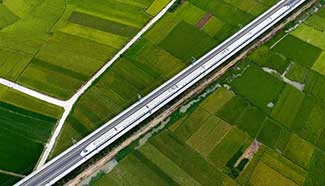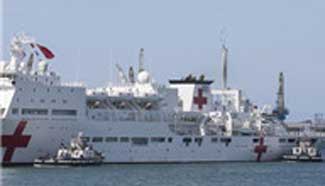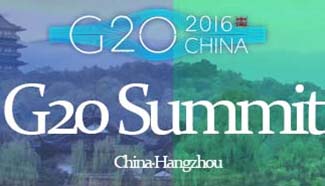BEIJING, Aug. 24 (Xinhua)-- The success of Belt and Road initiative infrastructure projects partly rests in the way in which budgets and spending are managed, economists explained.
China had invested over 51.1 billion U.S. dollars in countries along the Belt and Road by the end of July this year, accounting for about 12 percent of its total outbound investment, according to the data from the Ministry of Commerce.
However, considerable financing pressures remain. Infrastructure development is a key focus of the Belt and Road initiative, but it needs substantially more investment and longer construction periods than other projects and profits will not be returned in the short term: Not very attractive selling points for investors, according to Wang Wen, executive dean of Chongyang Institute for Financial Studies with Renmin University of China.
China's financial institutions generally support three kinds of infrastructure projects.
Policy-based financial institutions such as the Export-Import Bank of China and the China Export & Credit Insurance Corp. mainly focus on extending low-cost financing or insurance to projects less-favored by investors.
Development financing entities, such as multilateral financial institutions, such as the Asia Infrastructure Investment Bank and the BRICS Development Bank, take a more market-oriented approach when investing in infrastructure projects.
Meanwhile, commercial financial institutions have also offered financial services to projects related to the initiative. Many Chinese commercial banks, such as Bank of China, have rolled out specific bonds, funds and other financial products to cater to the financing demands of the Belt and Road market.
These three major financing providers should better coordinate between themselves and with China's opening up agenda such as the internationalization of the renminbi, according to Bu Yongxiang, deputy head with the People's Bank of China's Research Institute of Finance.
Cao Honghui, deputy head with the research institute with China Development Bank, called for more commercial insurance products or institutions, which will control investment risks in addition to current policy-based services.
Meanwhile, he said, a development financing mechanism or more institutions would help improve the investment environment in less developed countries.
"You cannot just wait for a market to become 'perfect' to invest. It's better to be part of the improvement process via cooperation with local government and enterprises," Cao added.











